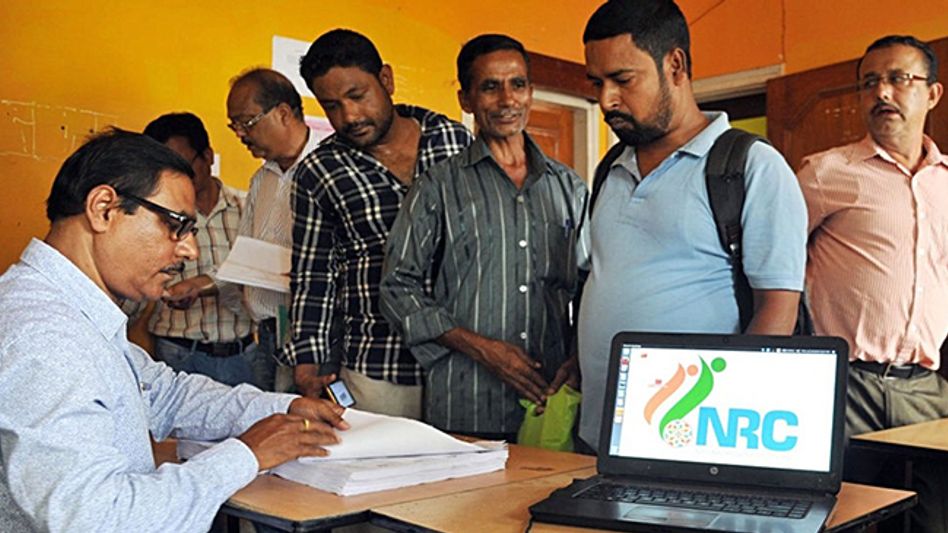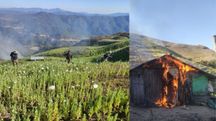The Complex Relations Between Arunachal Pradesh and China
 China
ChinaBy: Ami Nathung
Arunachal Pradesh is one of the states of India located in the Northeastern region of the South Asian country which borders global superpower China. It was created on 20 January 1972 and it is connected to the mainland by the narrowly connected by the Siliguri corridor also known as the chicken neck/corridor.
It borders the states of Assam and Nagaland to the south, and shares international borders with Burma in the east, Bhutan in the west, and the China in the north.
The majority of the Arunachalese territory is claimed by China as part of South Tibet. The northern border of Arunachal Pradesh reflects the McMohan Line, a 1914 treaty between the UK and the Tibetan government which was never accepted by the Chinese government, was also considered invalid by Tibetans due to unmet condition specified in the treaty, and not broadly enforced by the Indian government until 1950. This territory is administered by India.
Mcmohan line is the name of the demarcation line between the Tibetan region of China and the Northeast region of India, it is named after the colonial administrator Henry MacMohan who played a major part in the demarcation. It is currently the effective boundary between China and India, although its legal status is disputed by the Chinese government.
Primary Controversy surrounding the border.
The primary controversy is over the ownership of the Tawang tract (northern part of the state) where India's biggest monastery and an ancient trading town lies. The essential dispute is over China's refusal to acknowledge the McMohan Line as the border between the two nations, and staking claim to large tracts of land as a contiguous part of Tibet.
Arunachal Pradesh's history and the Chinese interest : Arunachal was ruled by local chieftains since the time immemorial and it didn’t belong to either China nor India, it belonged to the local people of the land who lived there for centuries. There are more than 20 major tribes and many sub tribes, all the tribes had their own chieftains who ruled the mountains.
By and large, the people of Arunachal are mongoloids and they do not have Aryan/Dravidian race in this region. It borders Assam and has a few old temples. But, it is also influenced by Tibetan, Burmese and Bhutanese cultures.
In the 16th century, the most important heritage of the state - Tawang Monastery - was built. This is one of the most important sites for the Tibetan Buddhists. The area is populated by the Tibetans at that point.
While China officially stakes claim to all of Arunachal Pradesh, it is a small district called Tawang, which borders Tibet and Bhutan, which it is most interested in.
The town is famous for its monastery, built in 1681 by the by the Tibetan Lama Lodre Gyatso in accordance to the wishes of the 5th Dalai Lama, Nagwang Lobsang Gyatso. China cites the monastery as evidence that the district once belonged to Tibet and wants New Delhi to return it in order to help settle the row.
To this day, the dispute over the border hasn’t been solved yet although the prime ministers of both the countries conduct a meeting and a conversational session to discuss on the matter. Recently, China firmly opposed" Prime Minister Narendra Modi's visit Arunachal Pradesh, asserting that it has never recognised the sensitive border state and the Indian leadership should refrain from any action that may "complicate the boundary question".
Indian leaders visit Arunachal Pradesh from time to time, as they visit other parts of India. This consistent position has been conveyed to the Chinese side on several occasions.
China urges the Indian side to bear in mind the common interests of the two countries, respect the interests and concerns of the Chinese side, cherish the momentum of improvement in bilateral relations, and refrain from any action that may lead to the escalation of disputes or complicate the boundary question.
Inside Northeast’s Campaign #LetsSaveDeeporBeel is now supported by Oil India Limited (OIL). Join us as we continue the awareness campaign to preserve the only Ramsar site in Assam which is facing immense threats. We need your held to preserve this site of great ecological importance. Join the #LetsSaveDeeporBeel campaign and tweet about it, and do tag us on Twitter. Let’s make some noise!
Download:
The Inside Northeast app HERE for News, Views and Reviews from Northeast India.
Do keep following us for news on-the-go. We deliver the Northeast.
Copyright©2025 Living Media India Limited. For reprint rights: Syndications Today








